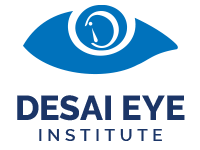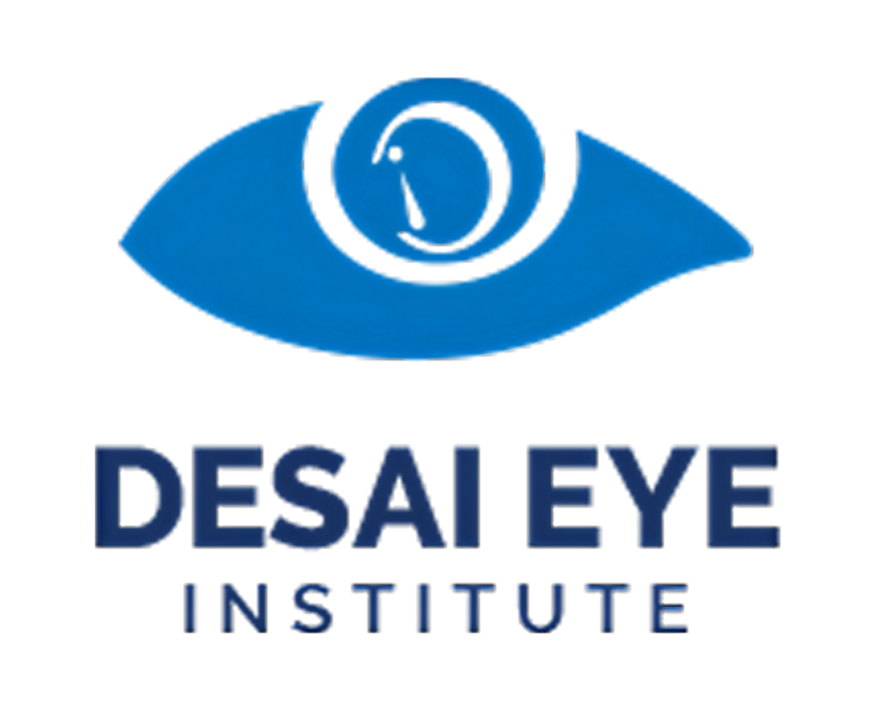Cataracts and glaucoma are two prevalent eye conditions that can affect vision, but they differ significantly in their causes, symptoms, and treatments. Understanding these differences is key to managing each condition effectively and maintaining eye health.
Cataracts: Clouding of the Lens
A cataract occurs when the natural lens of the eye becomes cloudy, leading to blurry or dimmed vision. It is most commonly associated with aging, but factors such as injury, certain medications, and prolonged UV exposure can also contribute to its development.
Symptoms: The primary symptoms of cataracts include blurry vision, difficulty seeing at night, sensitivity to glare, and a yellowing or fading of colors. Early stages may not significantly impair vision, but as the cataract progresses, it can severely affect sight.
Treatment: The only effective treatment for cataracts is surgery. In this procedure, the cloudy lens is removed and replaced with a clear, artificial intraocular lens (IOL). Cataract surgery is highly successful and typically restores vision to a great extent.
Glaucoma: Damage to the Optic Nerve
Glaucoma is a group of diseases that damage the optic nerve, often due to high intraocular pressure (IOP). If untreated, glaucoma can lead to permanent vision loss, making it a leading cause of blindness worldwide.
3. Retinal Detachment
Retinal detachment is a medical emergency where the retina separates from the underlying tissue. This condition can lead to permanent vision loss if not treated promptly. Common causes include trauma, aging, or conditions like diabetic retinopathy or AMD.
Symptoms: Glaucoma often develops without noticeable symptoms, which is why it is known as the “silent thief of sight.” As the condition progresses, it typically causes peripheral vision loss. In some cases, especially with acute glaucoma, patients may experience eye pain, nausea, vomiting, and blurred vision.
Treatment: While glaucoma cannot be cured, its progression can be controlled with treatment. Medications, such as eye drops to lower intraocular pressure, are commonly prescribed. If these are not effective, laser treatment or surgery may be necessary to reduce pressure in the eye.
Key Differences Between Cataract and Glaucoma
Cause: Cataracts are caused by clouding of the eye’s lens, while glaucoma results from damage to the optic nerve due to elevated intraocular pressure.
Symptoms: Cataracts cause blurry vision, glare, and difficulty seeing at night, whereas glaucoma primarily leads to peripheral vision loss, eye pain, and nausea (in acute cases).
Treatment: Cataracts are treated with surgery to remove the cloudy lens and replace it with an artificial one. In contrast, glaucoma is managed with medications, laser therapy, or surgery to control intraocular pressure.
Risk Factors: Cataracts are commonly linked to aging, UV exposure, genetic factors, and eye injury. Glaucoma risk factors include age, family history, high intraocular pressure, and certain ethnic backgrounds.
Vision Impact: Cataracts lead to gradual vision loss that can be corrected through surgery. Glaucoma, however, can cause irreversible vision loss if left untreated, making early detection and management crucial.
When to Seek Medical Help
Both cataracts and glaucoma require attention from an eye care professional for proper diagnosis and treatment. If you experience vision changes, such as blurry vision or difficulty seeing at night, or if you have a family history of glaucoma, it is important to schedule an eye exam.
Desai Eye Institute and Research Centre offers comprehensive eye care for cataracts and glaucoma. Our team of experts uses the latest diagnostic tools and treatments to help preserve and protect your vision. Schedule a consultation today for personalized care and guidance on maintaining your eye health.


